In this post we’ll be going over everything you need to know to start a photography blog in 2025.
No matter your skill level having a photography blog is a great way to showcase your work; especially for a photography business. It can even help you book gigs depending on your niche.
Whether you just want to start with a simple blog or need a complex site; WordPress is the best option. There are plenty of tools to create your photography blog using WordPress and it can grow as you do. WordPress gives you complete control over your site and you own all of your content. This makes learning WordPress a better investment in the long term.
In this post I’m going to show you how to start a photography blog using WordPress for beginners. As a bonus I am also going to show you how to find a WordPress theme and the best WordPress plugins for your blog.
Keep in mine we will be using the self-hosted WordPress.org version of WordPress in this article. Not to be confused with more beginner friendly WordPress.com which offers more limited functionality with less options. Professional photographers will want to use a self-hosted version of WordPress as their blogging platform.
Now let’s dive into creating a photography blog step-by-step:
How to Start a Photo Blog in 4 Steps
1. Domain Name + Hosting
One of the simplest and cheapest ways to start a photography blog is to use WordPress with BlueHost. It’s a no brainer with its low up front cost of $3.95 a month for web hosting and included domain name.

BlueHost offers a few plans but if you’re just starting out the basic plan should be more than enough.
This will include a free domain name and an SSL certificate. Keep in mind I never recommend paying for an SSL certificate since it costs hosting providers nothing to add to your site.

I see a lot of people get hung up on picking a blog name. If you need help figuring out a name you could try a domain name generator for name ideas. Remember it’s relatively simple to change domain names later so don’t get hung up on the small stuff.
For our example I will be registering andyfeliciottiphoto.com.
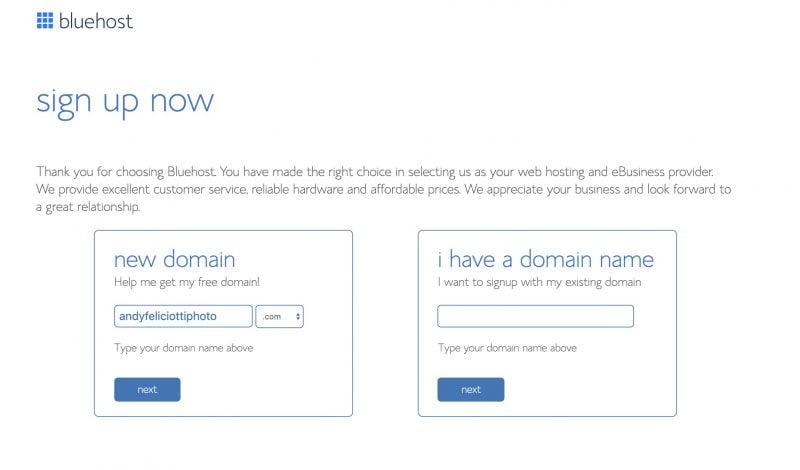
On the sign up page BlueHost offers a few additional services, in my opinion the only one you need is domain privacy. Domain privacy is helpful since it hides your home address from anyone looking up your site. The Codeguard and Sitelock services shouldn’t be needed so uncheck those to save a few dollars a month.
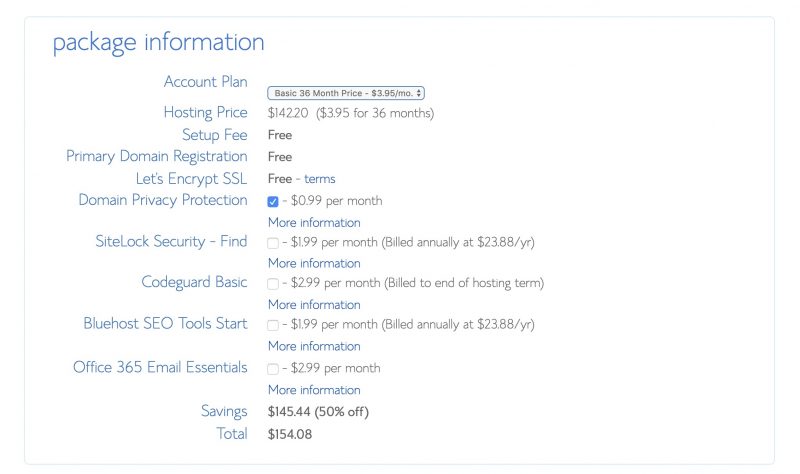
After signing up for your plan BlueHost will automatically setup WordPress for you and have you select a theme.

I recommend starting with KadenceWP but we’ll cover choosing a WordPress theme in detail in the next section.
And boom you’re done! Bluehost will handle the WordPress installation automatically and take you to your WordPress admin. Once in the WordPress admin BlueHost will also walk you through the basic WordPress settings. Remember you can change anything on your WordPress site at any point so don’t get nervous making changes.
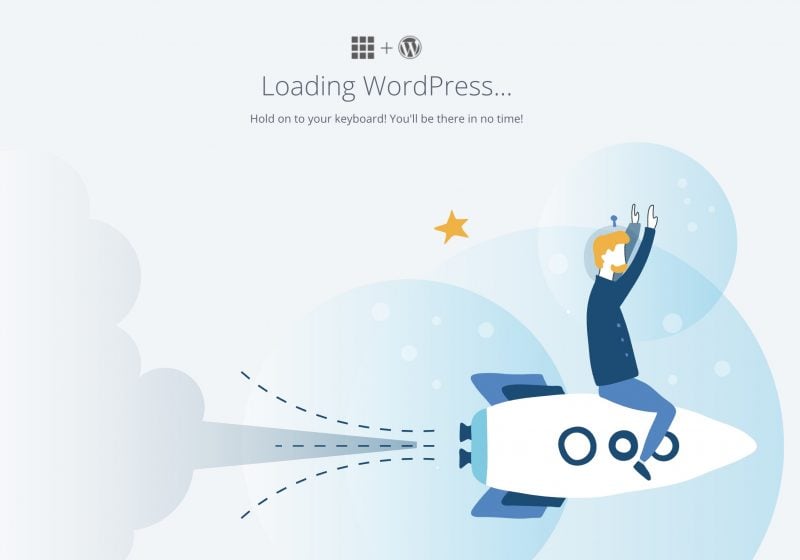
2. WordPress Photography Themes
While BlueHost will set you up with a starter theme here are more options of WordPress themes for photographers.
There are many options when it comes to WordPress themes. Many these become unsupported overtime and can eventually lead to a lack of features or even worse bugs. This is why I recommend using a popular theme that are built to be lightweight. There are many options when it comes to this approach but my favorites are KadenceWP and GeneratePress.
I highly recommend using WordPress’ built in editor Gutenberg also known as the block editor. Over the years WordPress has evolved this tool and it’s incredible easy to make complex pages. Previously you needed page builders like Elementor or Visual Composer, but now I only recommend using Gutenberg on your WordPress going forward. The block editor uses a simple drag and drop editor to build pages and posts using “blocks”. This framework can be expanded with plugins that add more blocks so I have included my recommendations of those as well below.
Best of all both of these free themes offer premium versions for when you want to help grow your site. The free version of both will meet the needs of most people out of the box.
KadenceWP

KadenceWP Theme + Kadence Blocks: KadenceWP is a great framework to build your site and they have plenty of free starter templates (and even the ability to use AI to generate a starter theme) to choose from. Basically a starter template automatically applies settings to KadenceWP to mimic a different look. The Kadence Blocks plugin also provides plenty of unique blocks for your photography.
GeneratePress

GeneratePress Theme + GenerateBlocks: At this point I build most of my new sites using GeneratePress and GenerateBlocks. If you are more technically inclined I find this theme to be more lightweight and less features so you can focus on keeping your site lean.
3. Essential WordPress Plugins for Your Photo Blog (FREE)
Bloggers know that the huge benefit of using WordPress is plugins. But at the same time it can be cumbersome to find good WordPress plugins. If you aren’t familiar with WordPress plugins think of them like apps for your blog. Basically they expand functionality of your blog in many ways. It’s important not to overload your site with plugins if you want to keep it fast and working correctly.
There are premium versions of each of these plugins that offer more features but for the sake of this post I’ll be focusing on free WordPress plugins. If you want to explore what plugins are availalbe for WordPress I recommend going to WordPress.org.
Speed: WP Super Cache
One of the most important aspects of your WordPress blog is speed. WordPress offers plenty of performance plugins but I recommend using WP Super Cache. It’s simple to setup and will speed up your blog immensely. If you have the budget thought WP Rocket is my favorite performance plugin for WordPress.
SEO: Yoast SEO
One huge aspect of having a website is SEO (Search Engine Optimization) and Yoast SEO gives you all of the controls you need for your WordPress blog. This includes the ability to edit meta title tags and descriptions. Additionally Yoast will generate a sitemap for your blog so you can put it in Google webmasters for indexing. Read more WordPress SEO tips that I wrote on my other blog SmartWP.
Security: Wordfence
Since WordPress powers 43% of the net it’s a huge target for attacks. Installing a WordPress security plugin is essential to keeping your site safe. WordFence covers all aspects of WordPress security including your login page and protecting against exploits.
Pinterest Pin Button Hover: jQuery Pin It
Of course photography plays a large part on social media sites and Pinterest is no exception. Having a simple way for visitors to share your images can help you get more traffic. The jQuery Pin It plugin will add a pin button to your images in posts. If you’re looking for a paid plugin that handles social shares and Pinterest buttons I love Novashare.
This is a fantastic addition if you’re sharing large posts with lots of images such as a wedding gallery or sharing a larger travel photography blog post.
Contact Form: Ninja Forms
There are plenty of options to built forms in WordPress but have found Ninja Forms to be easiest to use. Having a contact form is essential on your site if you plan on using it for lead generator.
If you’re building a simple contact form or want to include additional details like date of an event Ninja Forms will let you create it all. Best of all it’s a simple drag and drop editor making it easy to build forms.
4. Create Essential Pages for Blog
Creating pages on your WordPress blog can greatly vary depending on what theme and page builder you have installed. If you don’t have a page builder you most likely are using Gutenberg or the Classic WordPress editor. At the end of the day all of these editors will allow you to achieve the same effect. For people just starting out I highly recommend using Gutenberg when building a new website (this will be enabled by default).
To create a page in WordPress simply login to WordPress and use the admin sidebar to go to “Pages” > “Add New”.
Creating a Contact Page
If the main goal of your blog is to book more clients than having a contact page is essential; especially for wedding photographers.
One of the biggest mistakes I see about contact pages is only having a form and nothing else. It’s essential to include a blurb of why someone would be contacting you. This can include an overview of the services you offer such as “engagement photos, weddings, etc”.
Now that you have written why someone would contact you, add a form to the page using Ninja Forms which I recommended above.
This can be as simple as asking for someone’s name, email and their message. But if you are more organized adding things like event date or a service selector will help you funnel your contact requests.
Making an About Page for Your blog
Next you’ll want to create a page about you. Including details about you, awards you have won, and even links to your social accounts.
My buddy Adam Mason includes fun facts on his about page to give a deeper connection to prospect clients.

BONUS TIP: How to Use CloudFlare as a Free CDN
First you might ask yourself what is a CDN? A content delivery network or CDN is a network of servers that delivers images (and site assets) for your website.
Since you’ll have a lot of large images and photos on your site a CDN can greatly improve your website.
Basically it makes your website faster.
And who doesn’t love that!
Since PageSpeed is one of the factors Google ranks you on it’s even more important.
One of the largest CDN services is CloudFlare. Best of all it’s simple to set up, free, and even adds security to your website also.
To do this just sign up for CloudFlare. After signing up CloudFlare will scan your DNS records and you’ll be given DNS name servers. These can be entered in your BlueHost account to replace your DNS. Just ensure that the DNS records CloudFlare scanned and the ones in your BlueHost account match since sometimes CloudFlare can miss entries.
After the DNS name servers are pointed to CloudFlare all of your traffic will go through CloudFlare servers.
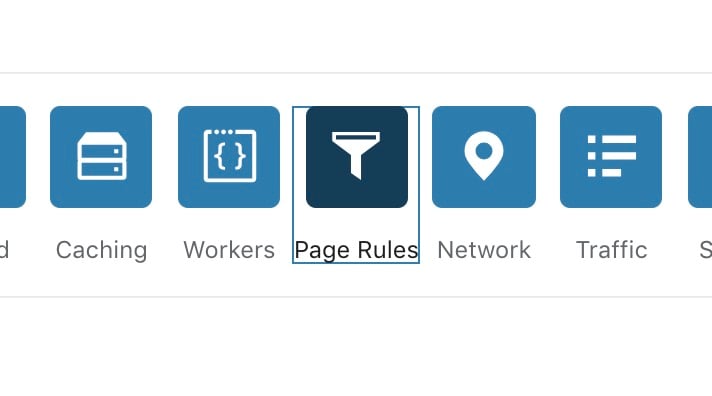
Here you’ll want to create a page rule.
On this page you can create up to 3 free page rules but you will only need 1 to get the most out of it.
Just replace my domain name with yours and add the same settings in the rule.
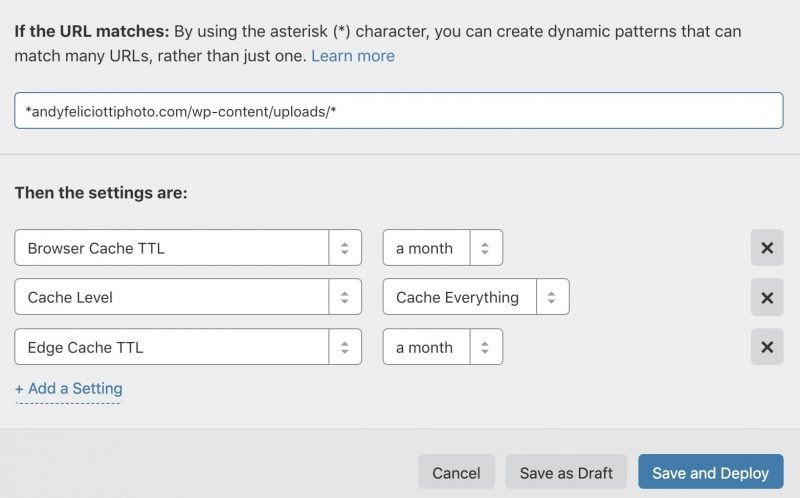
What this will do is server all of your wp-content/uploads content from CloudFlare and cache it for a month. From my experience this is a fantastic way to speed up images on your site for free.
After it’s deployed you’re good to go! and it’s as simple as that.
Next Steps: Growing Your Photography Blog
Now that you’ve established your photography blog, it’s time to focus on creating quality content and building your audience. Here’s how to continue your growth journey:
Generate Compelling Post Ideas
Creating engaging content consistently is key. Explore various topics such as photo techniques, gear reviews, and personal stories to keep your audience interested.
- Brainstorm new topics using AI with ChatGPT or a tool like BlogIdeaTool.
- Analyze popular photography blogs for inspiration.
- Tap into trending topics on social media platforms.
Keyword Research
Optimize your content for search engines to improve visibility. Use keyword research to find out what your audience is searching for and tailor your posts accordingly.
- Utilize tools like RyRob’s Keyword Tool, Google Keyword Planner and Answer The Public.
- Focus on long-tail keywords relevant to your photography.
- Incorporate keywords naturally into your content (but don’t over do it)
Craft Engaging Content
Your blog titles play a crucial role in attracting readers. Make sure your headlines are both enticing and relevant. Additionally a well-organized post enhances readability and keeps readers engaged. Break down your content into easily digestible sections.
- Use subheadings and bullet points.
- Include images and videos to complement your text.
- Maintain a logical flow throughout your post.
Write and Edit Carefully
High-quality, error-free content is essential for maintaining credibility. Take the time to write and revise your posts thoroughly. Use grammar checkers and readability tools to improve your writing. Edit for clarity and conciseness to ensure your message is clear.
Promote Your Blog
To grow your audience, actively promote your blog through various channels. One effective strategy is to share your posts on social media platforms. Engaging with your audience through comments and messages can also foster a sense of community and loyalty among your readers.
Additionally, collaborating with other bloggers and influencers can help you tap into their follower base, further expanding your audience and enhancing your blog’s credibility. Plus collaborating with others is a great way to build backlinks to your site.
By following these steps, you’ll be well on your way to growing a successful photography blog. Additionally, tools like RightBlogger (which I built) can help streamline your content creation and promotion process, making it easier to achieve your goals.
You now have your own photography blog on your own domain! Now that you have a photography site you can start to write blog content. Whether it’s photography tips, travel ideas, or details about projects you’ve shot there is a huge range of topics a photography blogger can cover in this blog niche.
Having a photography website can be a powerful tool for sharing your work. I especially love writing and sharing travel guides after traveling. From wedding photography to Photoshop tutorials there is so much you can write about with a new blog.
If you don’t know where to start I would recommend setting up a homepage and a contact page.
Once you have a successful photography blog you can work on monetization. There are plenty of ways to monetize a blog including sponsored posts, affiliate programs, and advertisements.
After you get sense for how you want your WordPress blog to feel you can always hire a WordPress developer for deeper customization. Services like Fiverr and Codeable give easy access to premium WordPress services.
If you have any question about setting up your photography blog leave them in the comments below.

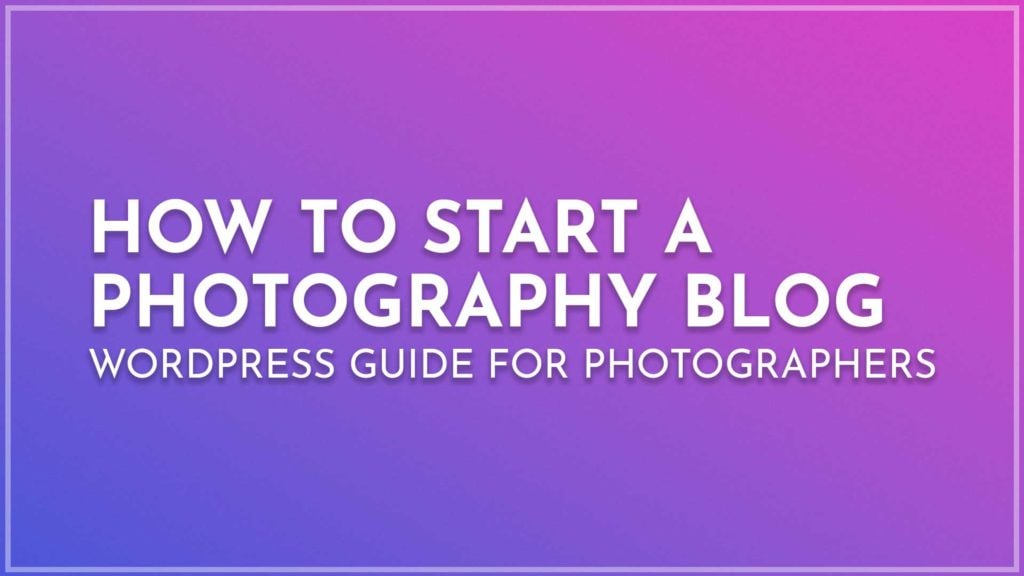
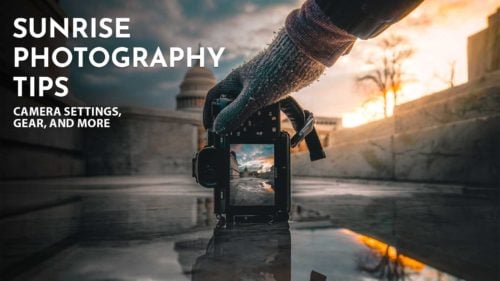
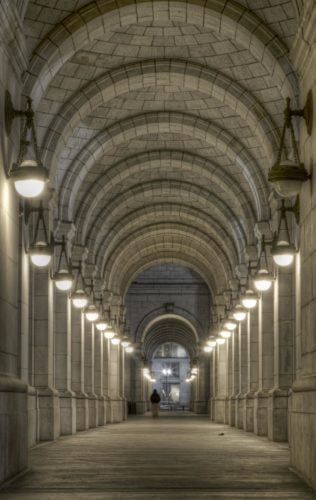

This article is fantastic and awesome. Thanks a lot for sharing.
Happy to help!